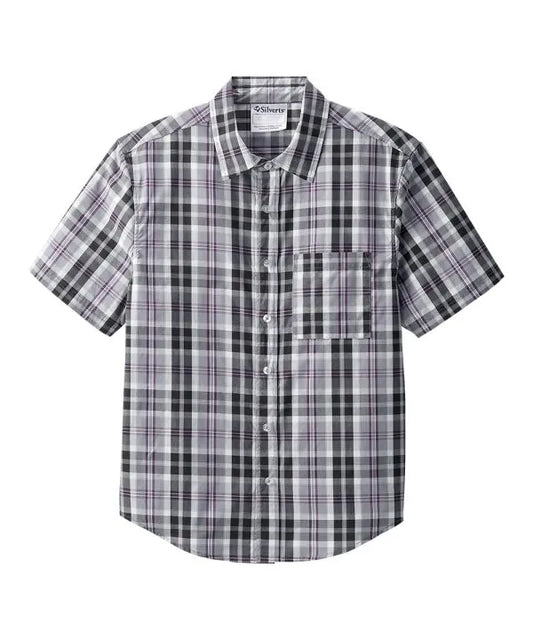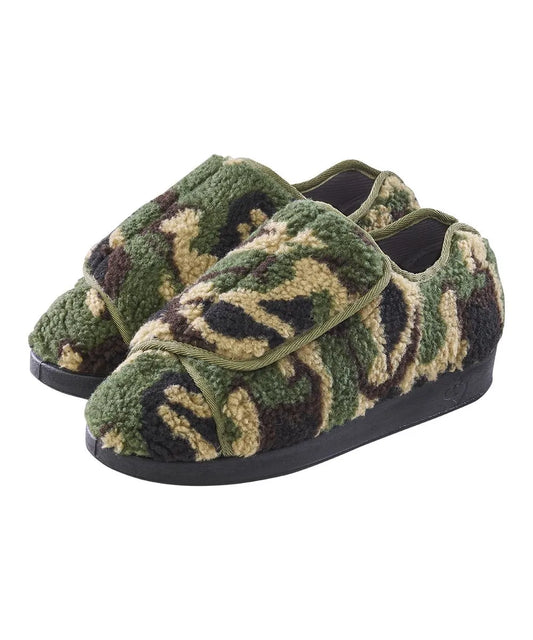Written by Jahanvi Patel
Fashion is more than just style; it is a means of self-expression and confidence. However, for individuals with autism, sensory sensitivities can make navigating the fashion world a daunting experience. The textures, seams, and tags in everyday clothing can trigger heightened levels of discomfort and sensory overload, leading to anxiety and meltdowns. In recent years however, we have seen a shift in the fashion world. That is, the industry has recognized the inaccessibility in fashion and taken several steps to address this. In recognition of this, adaptive fashion has been a major contributor to introducing sensory-friendly clothing.
What is Hypersensitivity?
Autism is a neurodevelopment disorder that significantly impacts communication, behaviour, and social interaction, However, one of the lesser-known challenges faced by autistic individuals is sensory processing difficulties. Autistic individuals often experience hypersensitivity or hyposensitivity to sensory stimuli, creating imbalances in how their process stimuli. For instance, they may be overly sensitive to certain textures, sounds, lights, or even smells, whilst not being able to fully process the stimulus of others.
Imagine you’re wearing a sweater with scratchy wool that feels like sandpaper against your skin, or trying to focus in a room with overwhelming fluorescent lighting. These seemingly innocuous situations can lead to extreme discomfort and even pain for someone with heightened sensory emotions. When it comes to dressing, hypersensitivity can be a major factor in causing immense levels of distress. The wrong fabric, tags, seams, or tightness in clothes can lead to a sensory overload, making the dressing process all the more difficult.
An issue that arises from this is that with brands dismissing such challenges, it makes it difficult for autistic individuals to find clothing options that provide both comfort and self-expression. Brands prioritize aesthetics over comfort, commonly using materials and features that can trigger hypersensitivities. Although the first step is acknowledging these challenges, it is crucial that brands work towards fostering inclusivity in their fashion lines.
What is Adaptive Wear?
Adaptive clothing features a host of design elements that prioritize comfort and functionality. This can include a variety of features such as tagless labels, seamless designs, soft and breathable fabrics, flat seams, and adjustable closures. The clothing is often designed to be easily put on or taken off, minimizing the need for complex fasteners and additional steps in the dressing routine. Additionally, adaptive wear is often free from potentially irritating adornments like buttons or zippers, which can make dressing more straightforward and enjoyable.
Benefits of Sensory Friendly Fashion
Adaptive clothing has allowed for new and inclusive fashion experiences for autistic individuals. Let’s break down some of these benefits of sensory friendly fashion!
- Comfort and calmness: sensory-friendly garments can ensure a smooth wearing experiences, reducing sensory overload and promoting an overall satisfying experience
- Improve focus: with sensory triggers minimized, adaptive garments allow the wearer to be in their best state! This may allow for better focus on other tasks, learning, and social interactions
- Promotion of self-expression: adaptive garments open a world of accessible fashion options for everyone. Now you can express your unique style and personality without compromising on comfort and mental or physical health!
Inclusive Fashion Brands and Initiatives
In recent years, a growing number of inclusive fashion brands and initiatives have emerged, seeking to cater to the various needs of disabled individuals. These brands collaborate with experts and autistic individuals to create clothing that fundamentally addresses these challenges. By involving the community in this way during the design process, these brands ensure that their work is both functional and fashionable.
For example, some of these items from June Adaptive work great for sensory-friendly fashion!
Unisex Everyday Crew Socks – includes a seamless toe design to eliminate irritation, while the ultra-soft fabric wicks moisture away.

Unisex Diabetic Everyday Crew Socks - 2 pack
Graphic T-shirt with Open Back – the open back design allows for a seamless fit (no pun intended) while the cotton-polyester blend ensures a comfortable fit.

Men's Graphic T-shirt with Open Back
Soft Knit Pants with Easy Touch Closure – a super soft stretchy material along with elastic waistband to ensure relief avoiding feelings of tightness around the waist

Women's Soft Knit Pants with Easy Touch Closures
De-Stress Your Own Wardrobe!
With increasing concerns of consumerism and excessive clothing in landfills, we should also be conscious of how we purchase clothes. Here are a few things you should consider before a shopping spree!
- Consider removing tags from your clothing that may be causing irritation or discomfort
- For clothes with irritating seams, seam softeners offer a great solution to reduce discomfort
- Recycle your fabrics! If you have comfortable fabric from old clothes, you can repurpose them into DIY sensory-friendly accessories like scarves, headbands, or small blankets
- Remove any bulky or uncomfortable adornments (e.g., beads, sequins), that might be causing irritation
You can also consider more sustainable methods of shopping! These options are not only good for the environment and reduce hyper-consumerism, but are also very cost-friendly.
- Thrifting is a great way of finding sensory-friendly clothing as a lot of these items are already broken into! You can easily avoid the discomfort of stiff fabrics in this way
- Participating in clothing swaps with friends or local communities will allow you to exchange your clothing items for new items! Not only is this sustainable for the environment, but extremely sustainable for your bank account as well
- Second-hand online shopping allows you a large variety of fashion items from the comfort of your own home! You can always double check with the seller if the item is sensory friendly or not
In this way, you can de-stress your personal wardrobe and curate it with items that accommodate sensory issues. A safe wardrobe assures a safe wearer.
Sensory-friendly fashion and adaptive wear are catalysts for change, revolutionizing the way we approach clothing. By acknowledging and accommodating the sensory difficulties faced by autistic individuals, the fashion industry has taken a significant step towards a more inclusive world. Adaptive clothing is more than just a practical solution; it represents a fundamental change in the fashion world.















